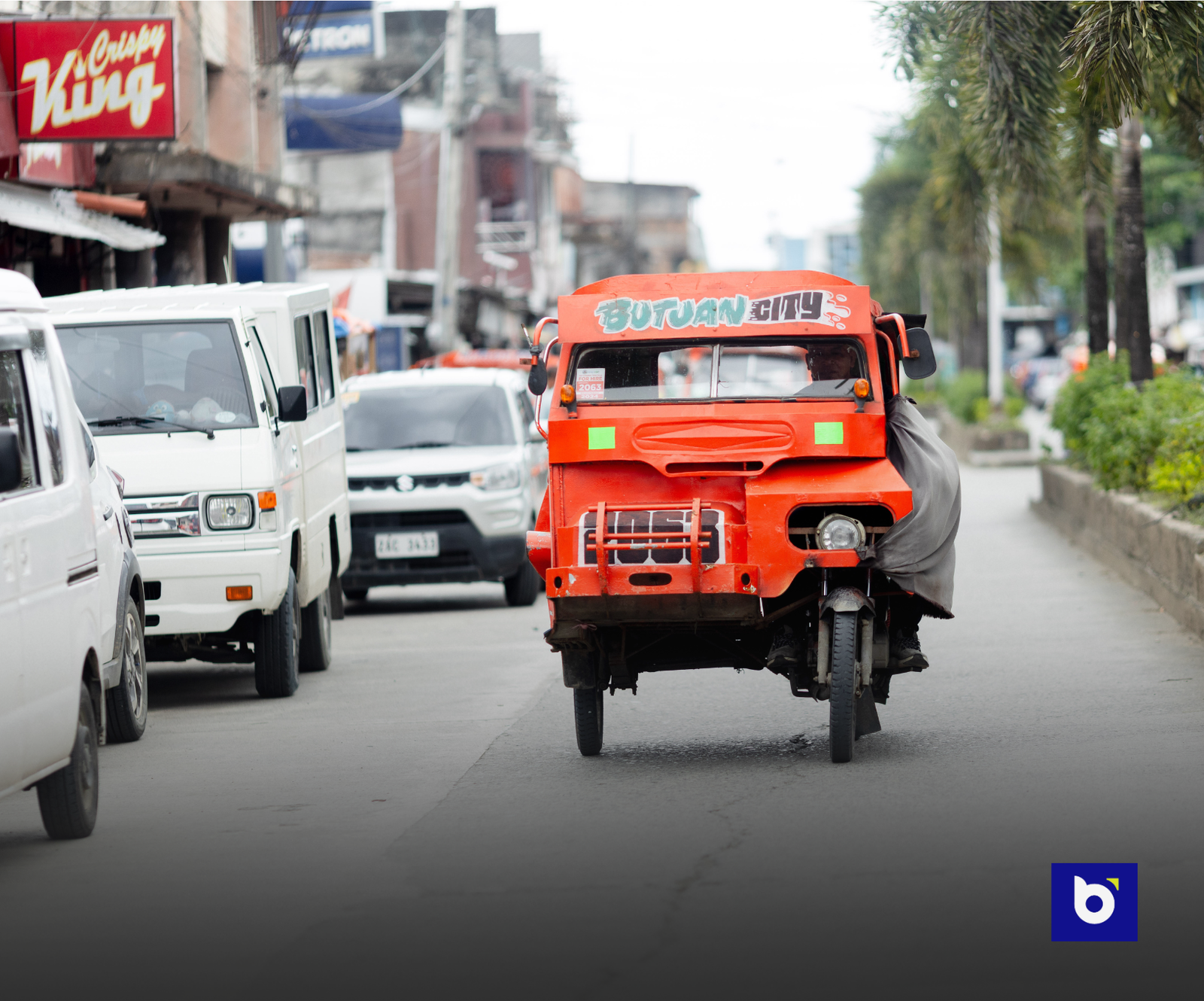Butuan City has emerged as one of Mindanao’s most dynamic growth centers. According to official data from the Philippine Statistics Authority, the local economy expanded by 6.6% in 2023, with GDP increasing from ₱57.39 billion in 2022 to ₱61.15 billion in 2023. Growth in transport, logistics, retail, and services is fueling new investments, and the population is projected to exceed 550,000 by 2030.
Under the Constitution, each congressional district must have at least 250,000 residents—a threshold Butuan has clearly surpassed. Other highly urbanized cities, including Cebu and Davao, have established multiple districts to strengthen representation and improve budget allocation.
What sets Butuan apart is its current political structure, which has been shaped by a unified system designed around a single congressional seat. For four consecutive election cycles, including the present administration, Team One Butuan has maintained a strong hold on city government. This level of political continuity is rare among highly urbanized cities, and it has contributed to a sustained approach to planning and development. However, the possibility of adding a second district raises important questions about how such a change could reshape the city’s political landscape.
Experience from other metropolitan centers suggests that redistricting often leads to more localized campaigns and broader participation. Davao City, which previously operated under a single district, experienced a marked diversification of leadership after it was subdivided into three congressional districts. Over time, the shift allowed underrepresented areas to cultivate their own political voices and attract more targeted investments. Cebu City’s transition to multiple districts similarly created space for new candidates to emerge, shifting the composition of leadership and bringing a wider range of policy priorities into local governance.
For Butuan, establishing a second congressional district could have comparable effects. A more granular system of representation could improve responsiveness and accountability by reducing the size of each constituency. It could also introduce new dynamics into elections, making it more feasible for emerging leaders to challenge established coalitions. In practical terms, this might mean a shift away from citywide political monopolies toward a more competitive environment defined by district-level issues and interests.
Potential configurations for a second district include an urban–rural split, an east–west division along the Agusan River, or a model shaped by high-growth corridors. Each scenario would require detailed analysis to ensure balanced representation and to avoid the pitfalls of politically motivated boundary-drawing.
Ultimately, the conversation about whether to create a second congressional district is not simply an administrative question. It reflects a broader consideration of whether Butuan’s governance structures are keeping pace with the scale and complexity of its economic growth. As the city continues to attract record investments and expand its role as a regional hub, the question is becoming increasingly difficult to set aside.
In an era defined by competition among Philippine cities for resources, talent, and infrastructure, adapting representation may prove to be one of the most consequential decisions Butuan makes in the coming years. Whether the city chooses to act will signal not only how it intends to grow, but also how it plans to govern itself in the decade ahead.



